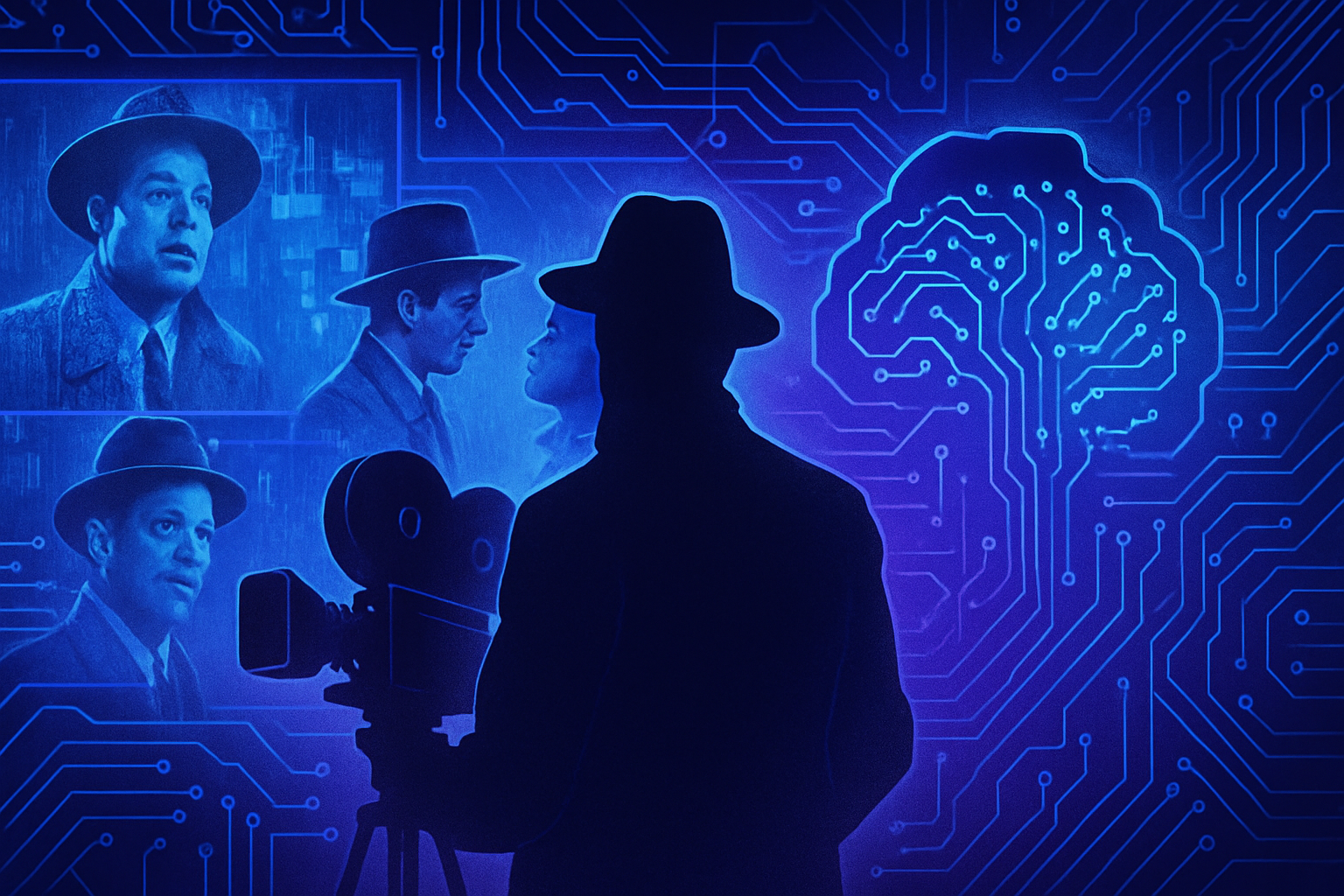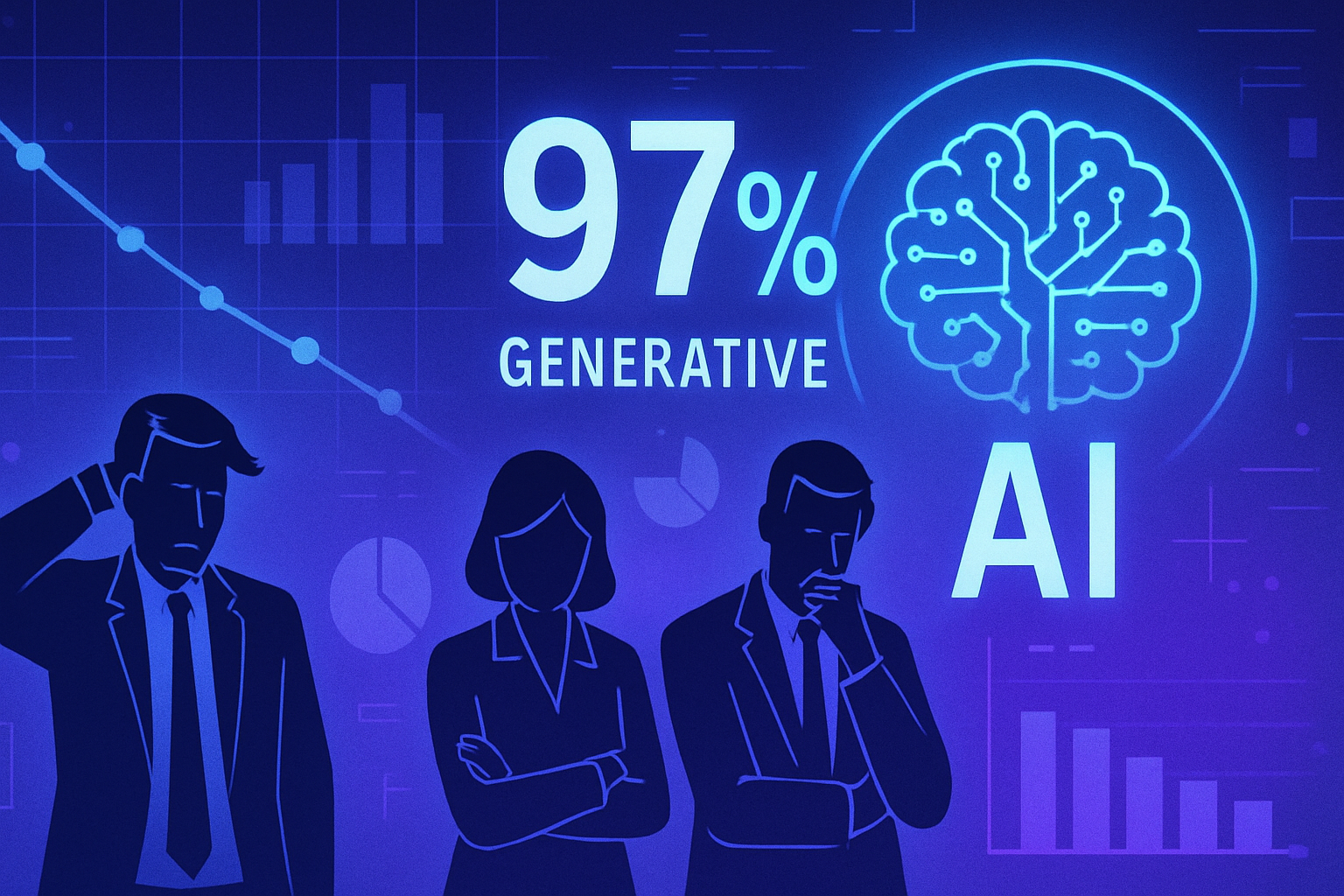Modernity imposes unprecedented challenges on dispatch services, exacerbated by a labor shortage. This context results in overworked and often stressed agents, necessitating the optimization of crime reporting processes. An empathetic and multilingual chatbot emerges as an innovative solution, transforming the way information is gathered. By providing an accessible and responsive service, this device significantly lightens the load on human agents. The tool facilitates effective and rapid handling, thus ensuring a better experience for citizens. The stakes of such an initiative lie in advancing towards a more *sustainable* and *human* system.
An innovative chatbot for crime reporting
Emergency service dispatch centers, particularly those managing 911 calls, are facing a staffing crisis. This situation results in an overload of work for agents, who often find themselves under high stress. Citizens looking to report a crime often feel compelled to dial 911 for emergency situations or fill out online forms for non-urgent cases.
Introduction of SafeRBot
SafeRBot represents a significant advancement in improving the crime reporting process. Developed by researchers at the University of Illinois at Urbana-Champaign, this chatbot specializes in assisting users with non-urgent crime reports. It offers an interactive interface, asking a series of both informative and empathetic questions.
Main features
SafeRBot uses a Large Language Model (LLM) to transform unstructured conversations into structured forms. This model supports multiple languages, ensuring that no user is left behind, regardless of their native language. For example, if a user starts the conversation in Spanish, the chatbot continues in Spanish for follow-up questions.
Reducing workload
By reducing the time needed to gather information on incidents, SafeRBot optimizes the operations of dispatch centers. This process improves the quality of collected data through automatically generated follow-up questions. Consequently, dispatch agents can focus on more complex and relational situations, thereby reducing their risk of burnout.
Empathetic approach
This chatbot is committed to providing emotional support to users, addressing their need for empathy when reporting incidents. Previous research has indicated that emotional support significantly impacts citizens’ reactions to follow-up questions. SafeRBot is designed to adjust its level of empathy according to the needs of each user.
Collaboration with law enforcement
The development of SafeRBot benefited from close collaboration with the Urbana Police Department. Their feedback helped to adapt the chatbot’s functionalities to the real needs of users. Police agencies with access to the SafeRBot dashboard can easily manage and integrate the collected data into their existing systems.
Data security
The information collected by SafeRBot is encrypted and hosted on Amazon Cloud. This infrastructure ensures a high level of security, protecting users’ sensitive data. By providing this protection, the system aims to encourage the reporting of crimes while reassuring citizens about the confidentiality of their information.
Future of SafeRBot
The designers plan to launch the chatbot as a community initiative, gathering user consent before deployment. SafeRBot represents not only a resource for police departments but also a valuable tool for multilingual community members. Upcoming research will further explore the impacts of human-AI interaction in community safety.
The potential of SafeRBot places this system at the forefront of using artificial intelligence in public safety services. Technological advances in this area indicate that the future of incident management will lean towards increasingly interactive, accessible, and empathetic solutions.
Frequently asked questions
What is an empathetic and multilingual chatbot?
An empathetic and multilingual chatbot is an automated system capable of communicating with users in multiple languages while adopting a compassionate and concerned tone, facilitating their experience when reporting crimes or non-urgent incidents.
How does the chatbot assist dispatch agents?
The chatbot alleviates the workload of dispatch agents by automating the information collection process. It asks structured questions, gathers incident details, and allows agents to focus on more complex cases.
What languages does the chatbot support?
The chatbot supports multiple languages, enabling non-English speaking users to easily submit reports in their native language, thus improving service accessibility.
How does the chatbot ensure empathy in its interactions?
The chatbot programs empathetic responses based on collected data and previous interactions, allowing communication that takes into account users’ emotions, thereby providing moral support while gathering information.
What types of crimes or situations can the chatbot handle?
The chatbot is primarily designed to gather reports related to non-urgent incidents such as minor offenses, suspicious situations, or requests for information on reporting procedures for crimes.
What information does the chatbot collect during a report?
The chatbot collects basic information such as the nature of the incident, date and time, location, as well as details about the individuals involved, all while adhering to privacy protection standards.
How is the collected data secured?
The data collected by the chatbot is encrypted and securely stored on protected servers, thus ensuring the confidentiality of users’ information.
Can users interact with a human agent if necessary?
Yes, if needed, users can be transferred to a human agent for further assistance, thereby ensuring that all concerns are adequately addressed.
Can the chatbot adapt to different levels of emotional support needed by users?
Yes, the chatbot can adjust its level of empathy based on previous interactions and user responses, allowing for a more personalized experience when reporting incidents.
What impact does the chatbot have on wait times for users reporting a crime?
By automating the information collection process, the chatbot reduces wait times for users, allowing them to submit their reports more quickly and be processed efficiently.
How do dispatch agents benefit from using the chatbot in their daily operations?
Dispatch agents benefit from reduced stress and workload, enabling them to better manage their tasks, focus on more urgent cases, and improve the quality of service provided.






